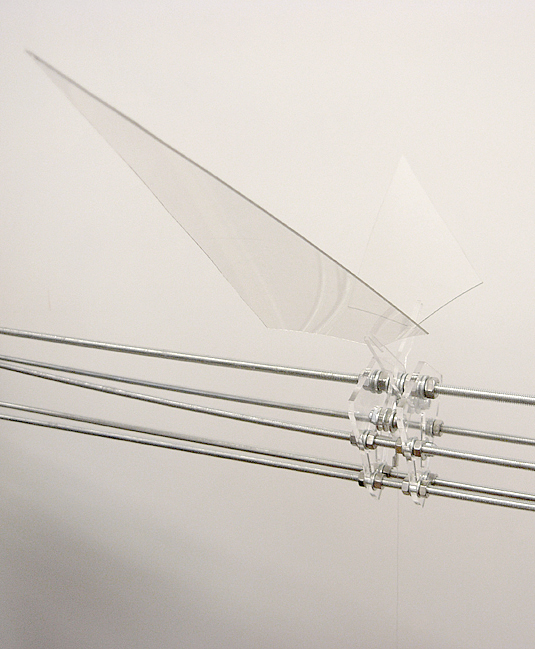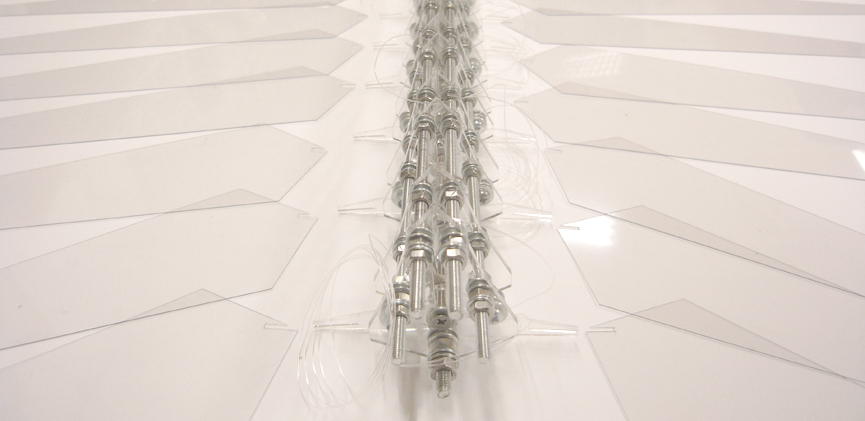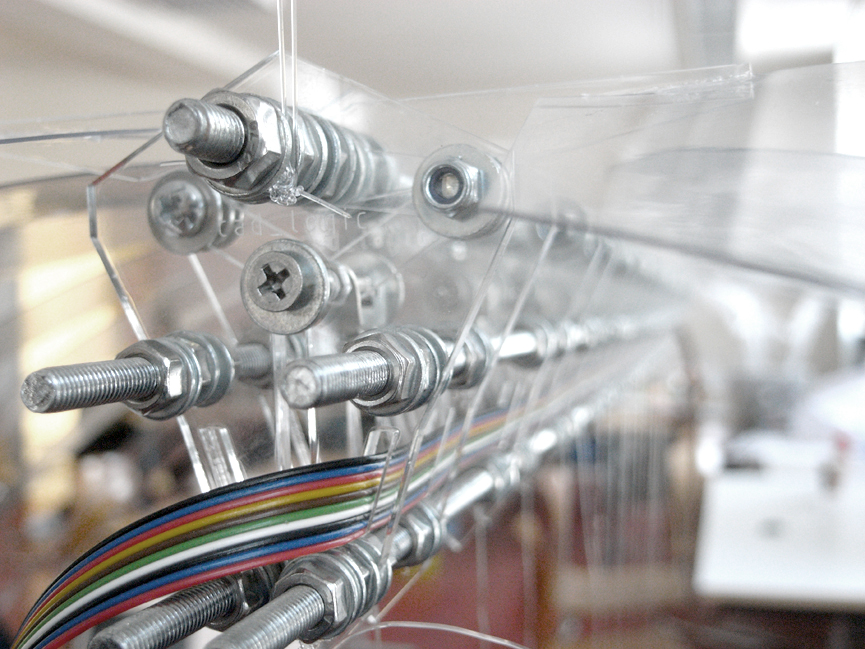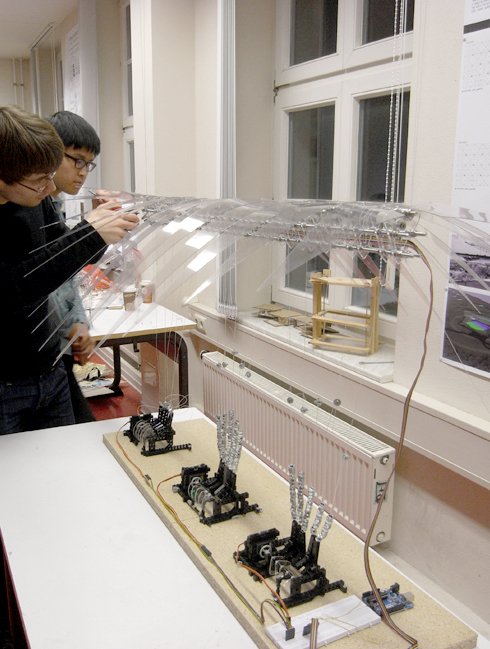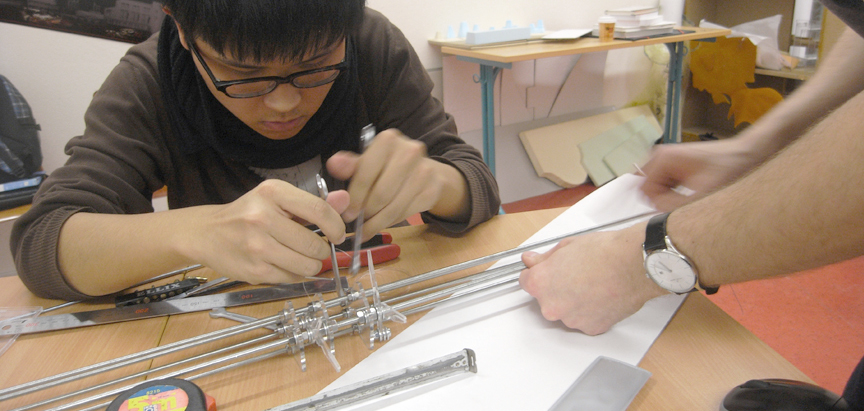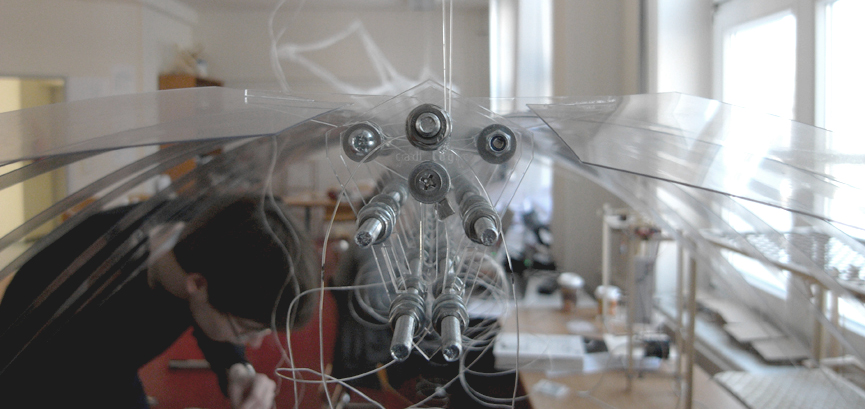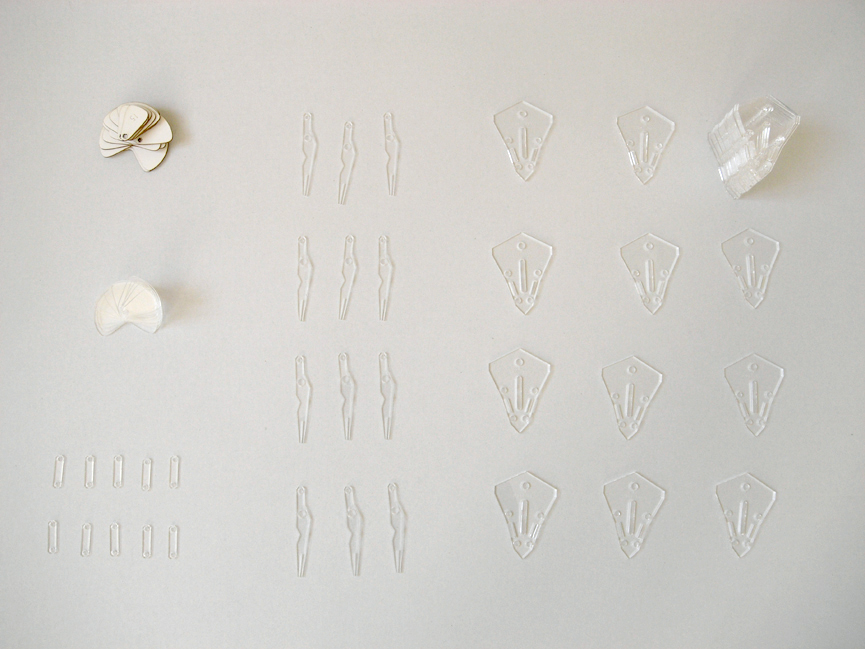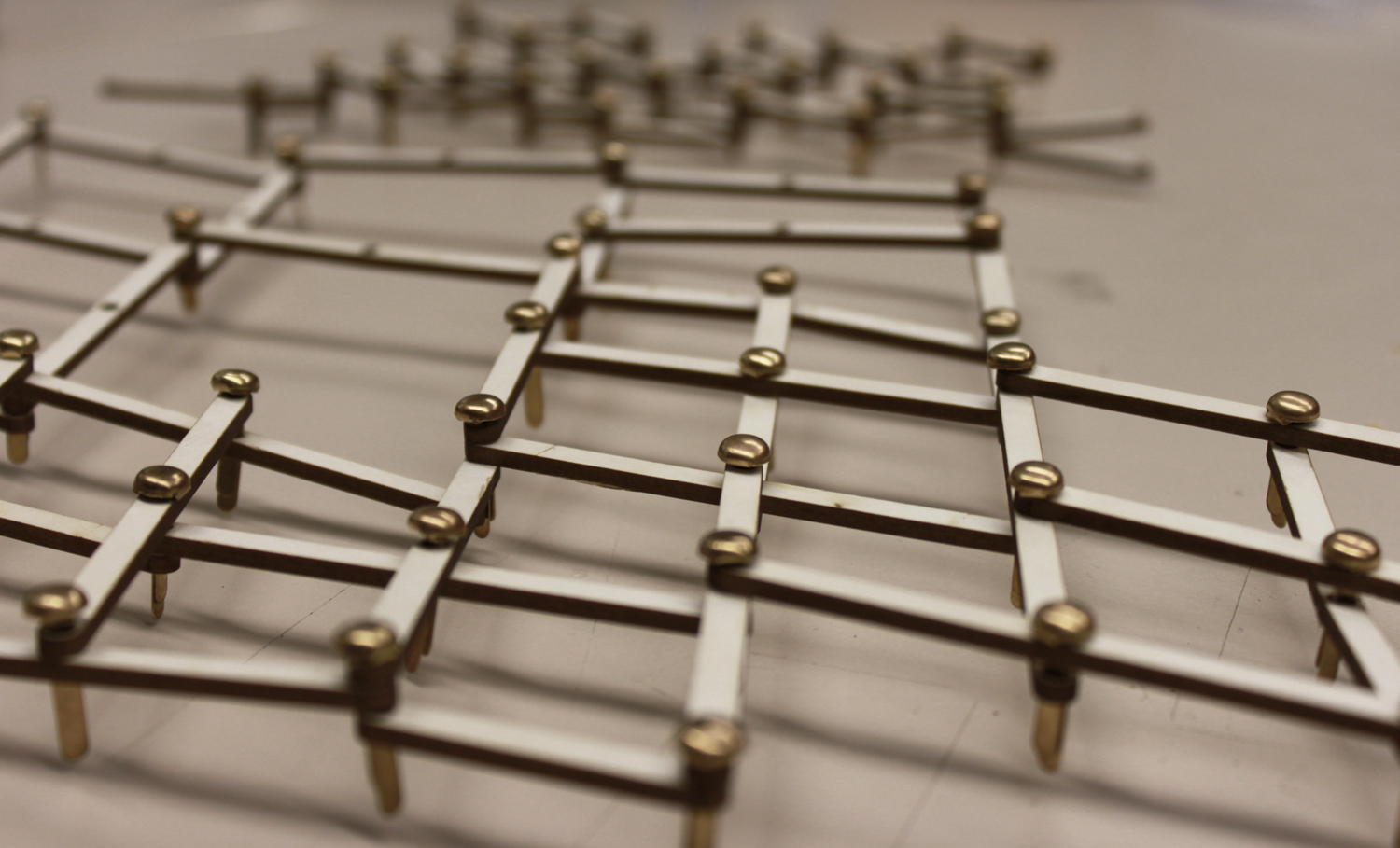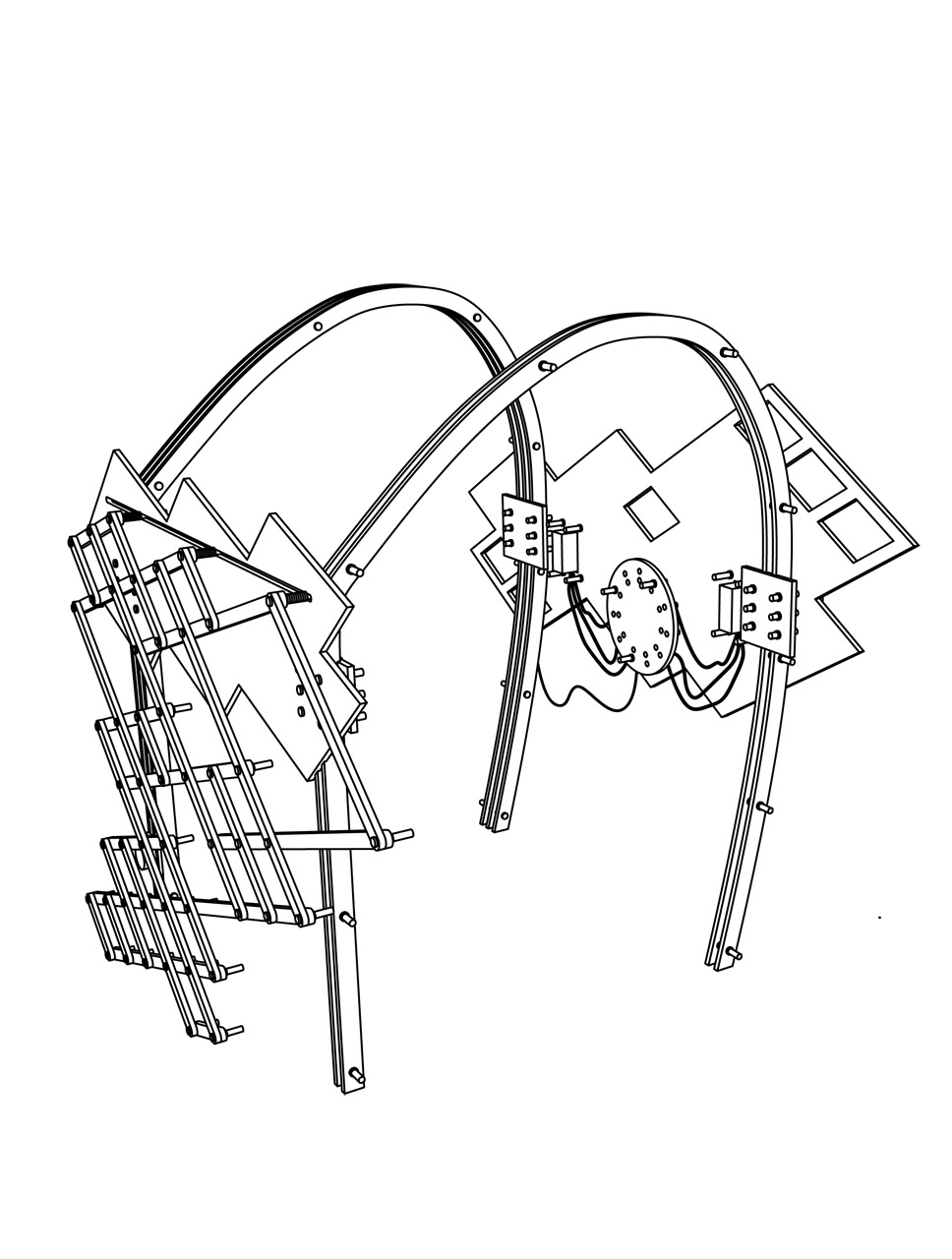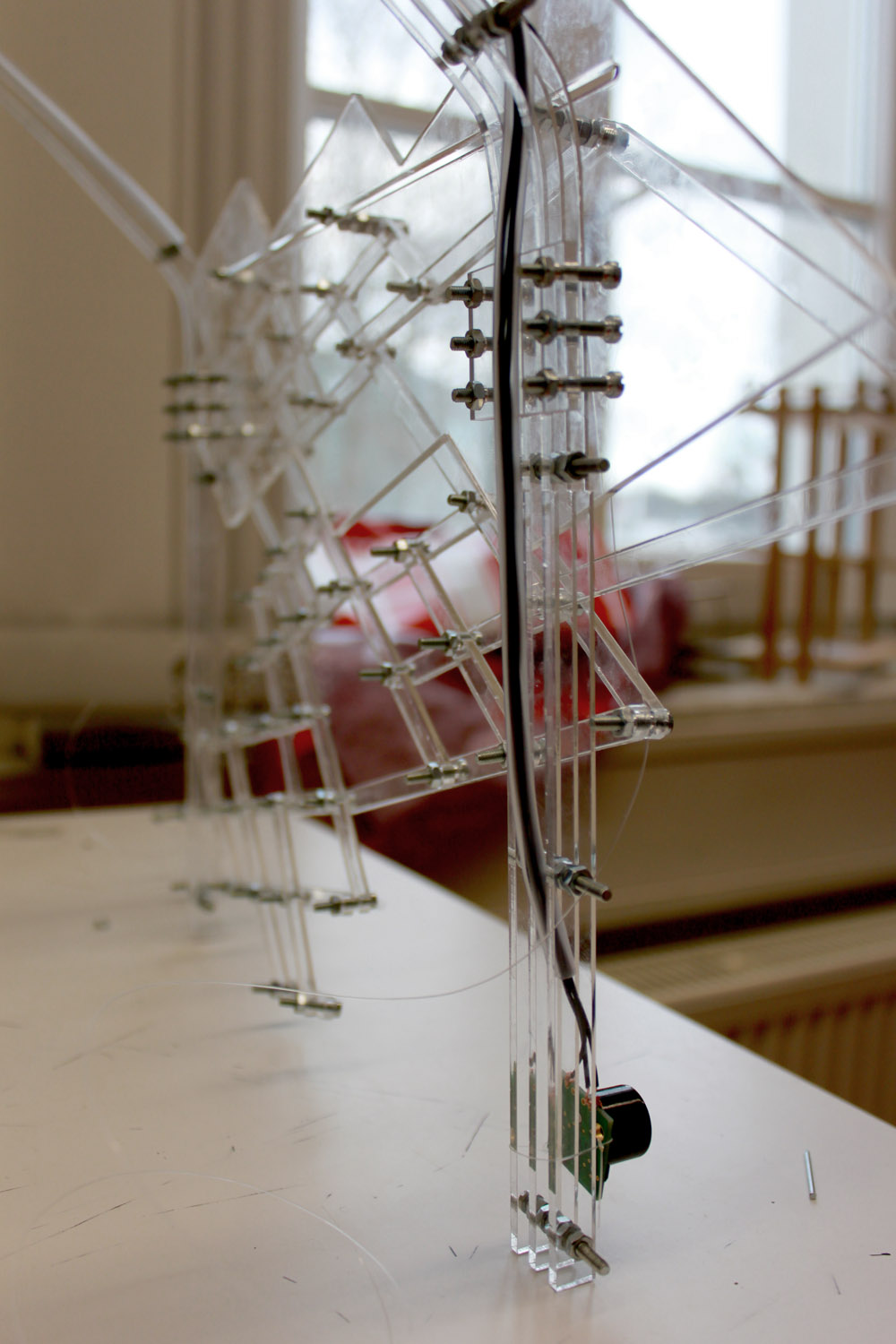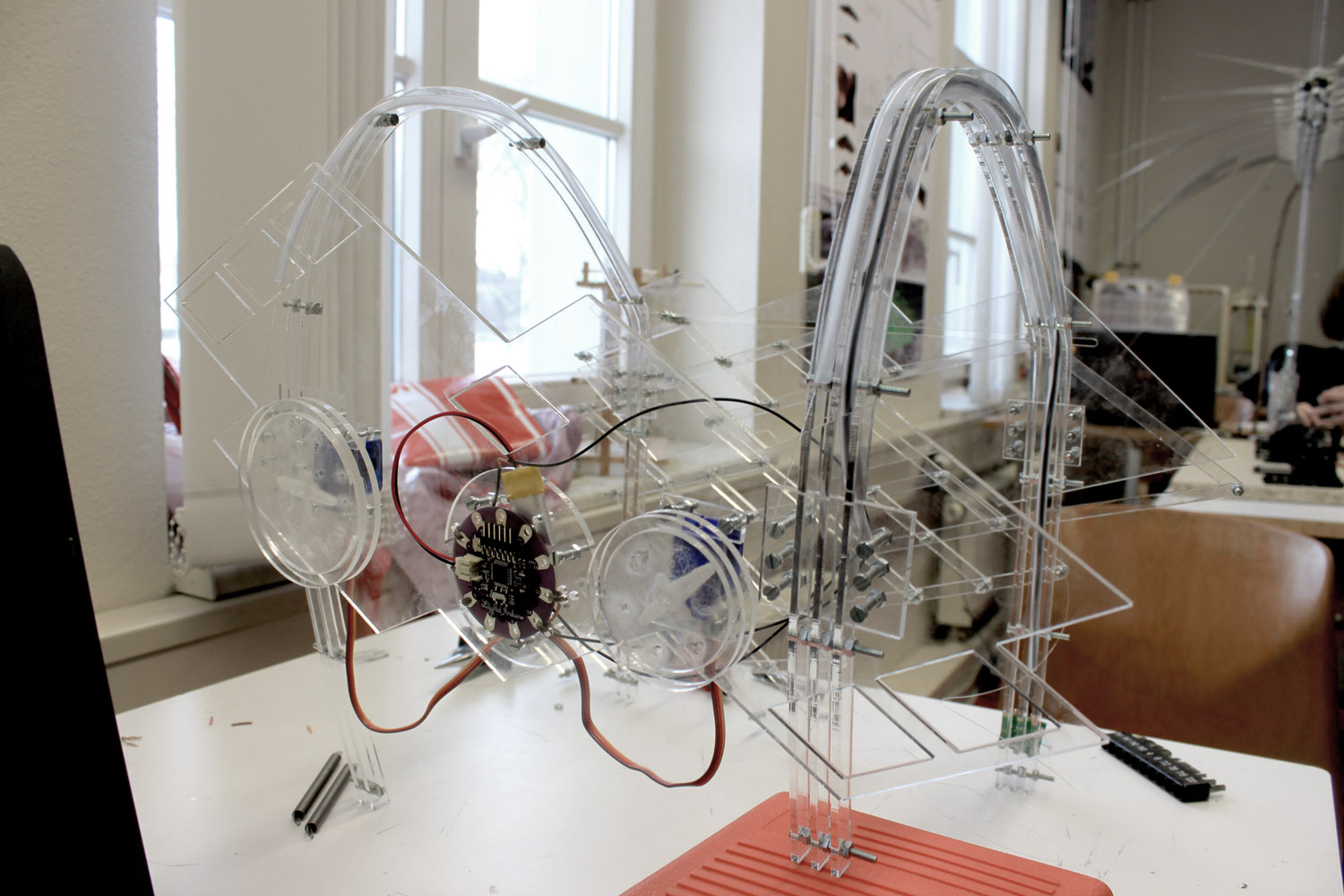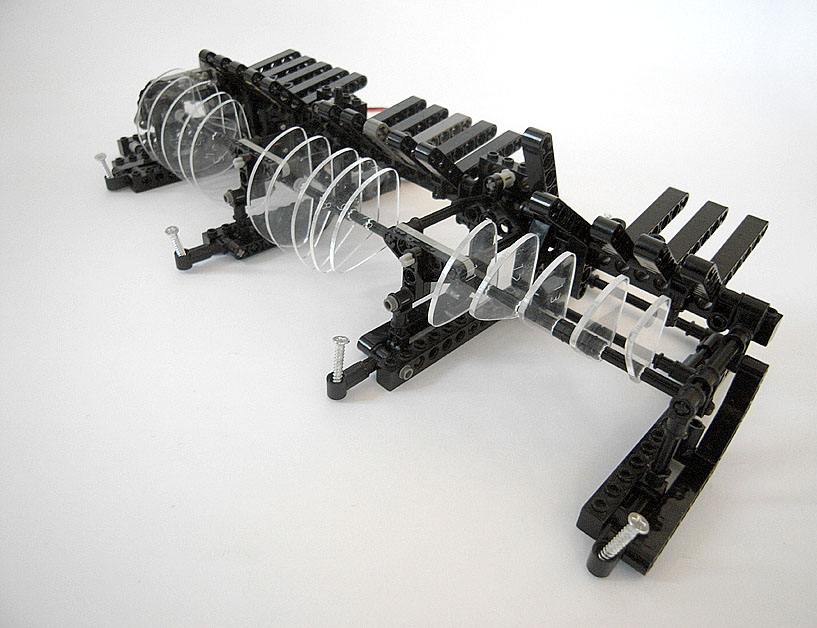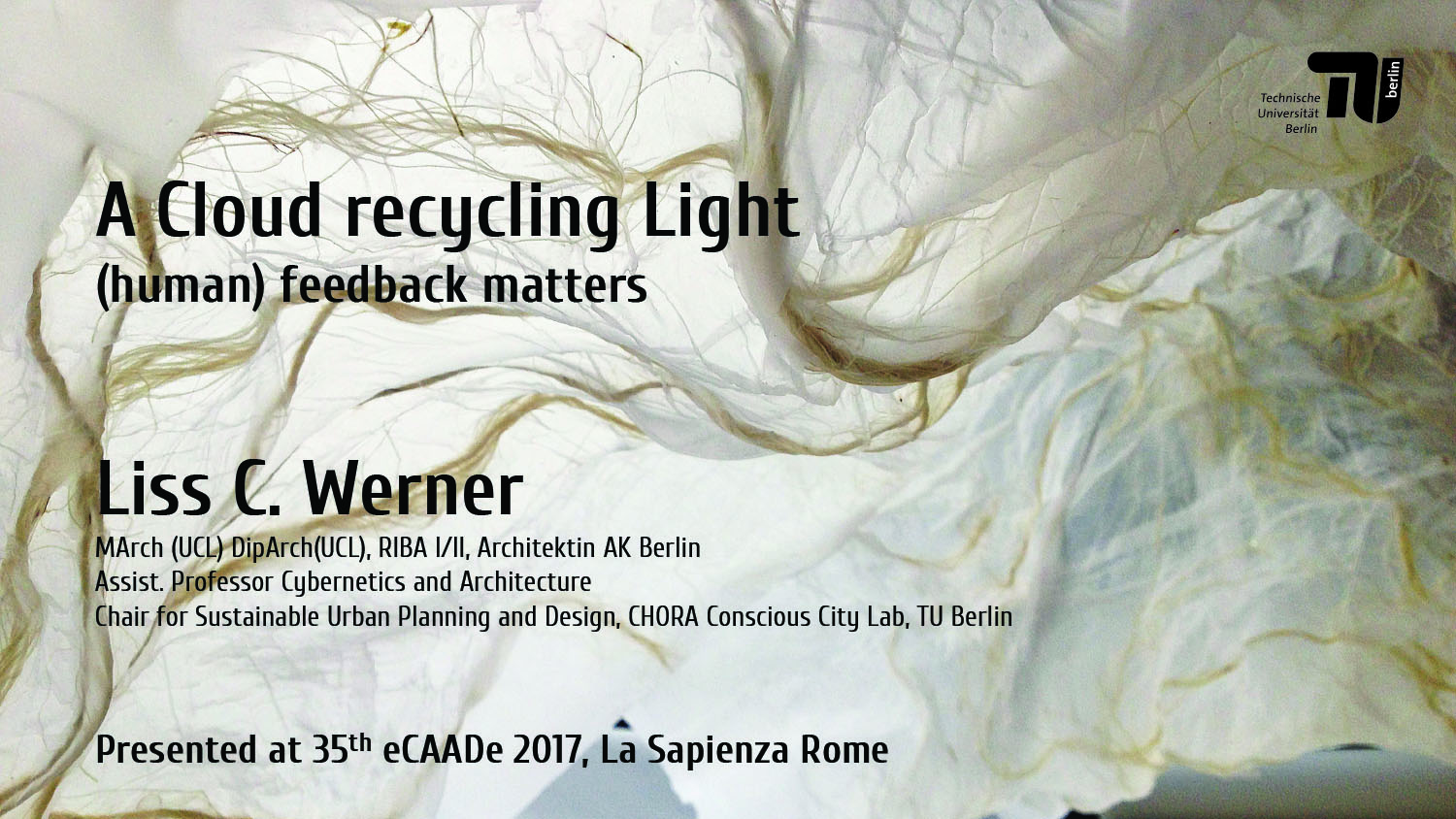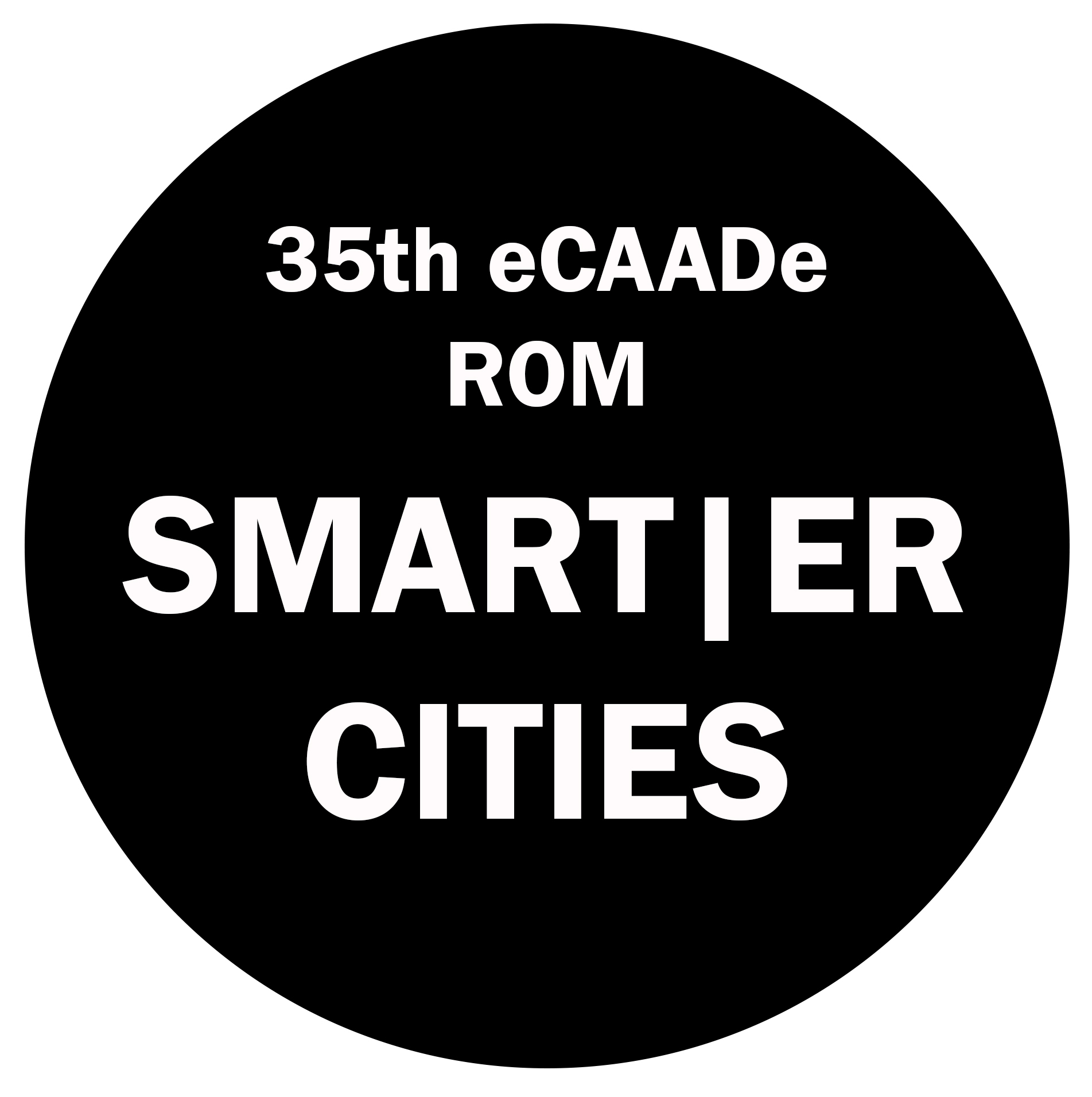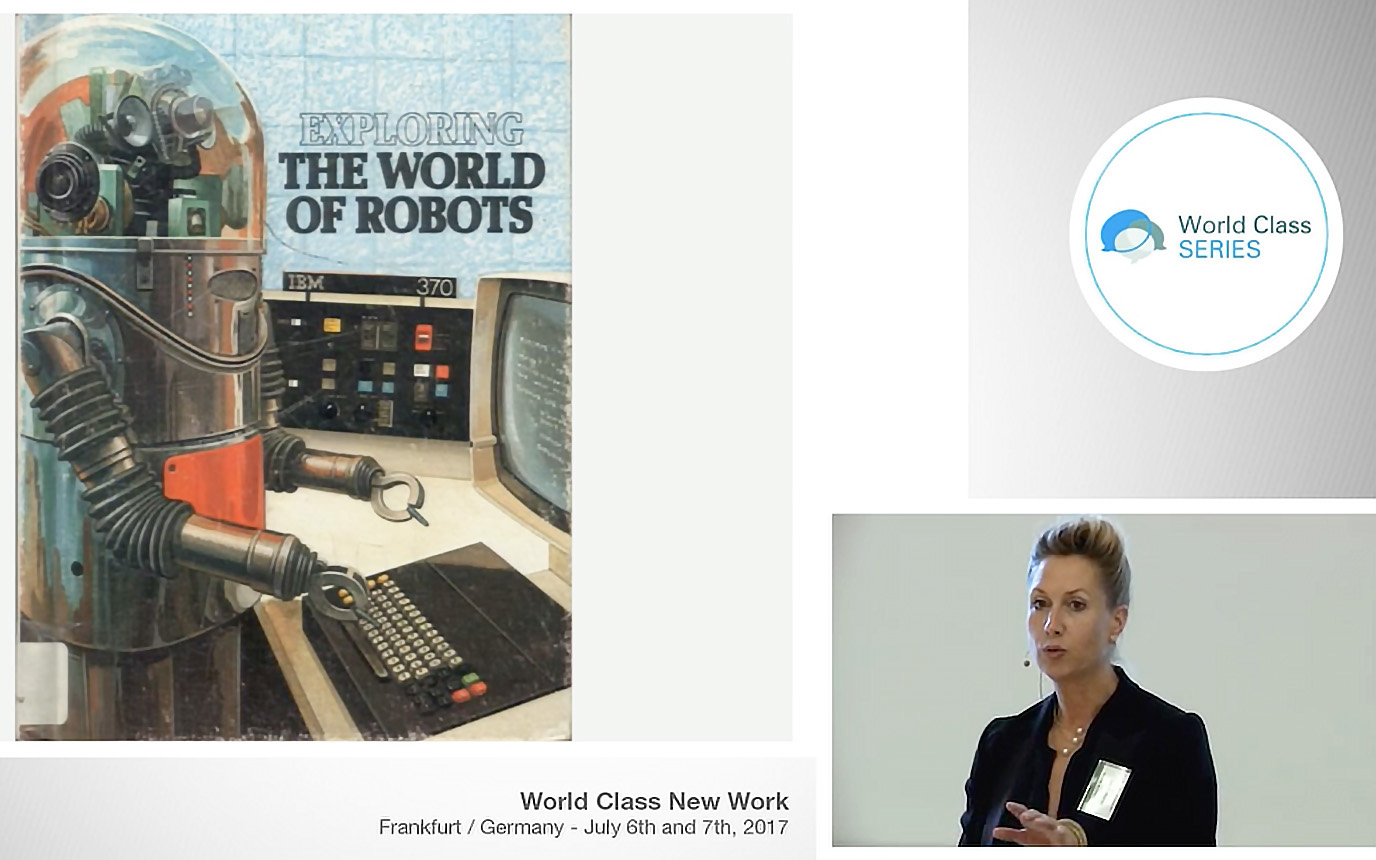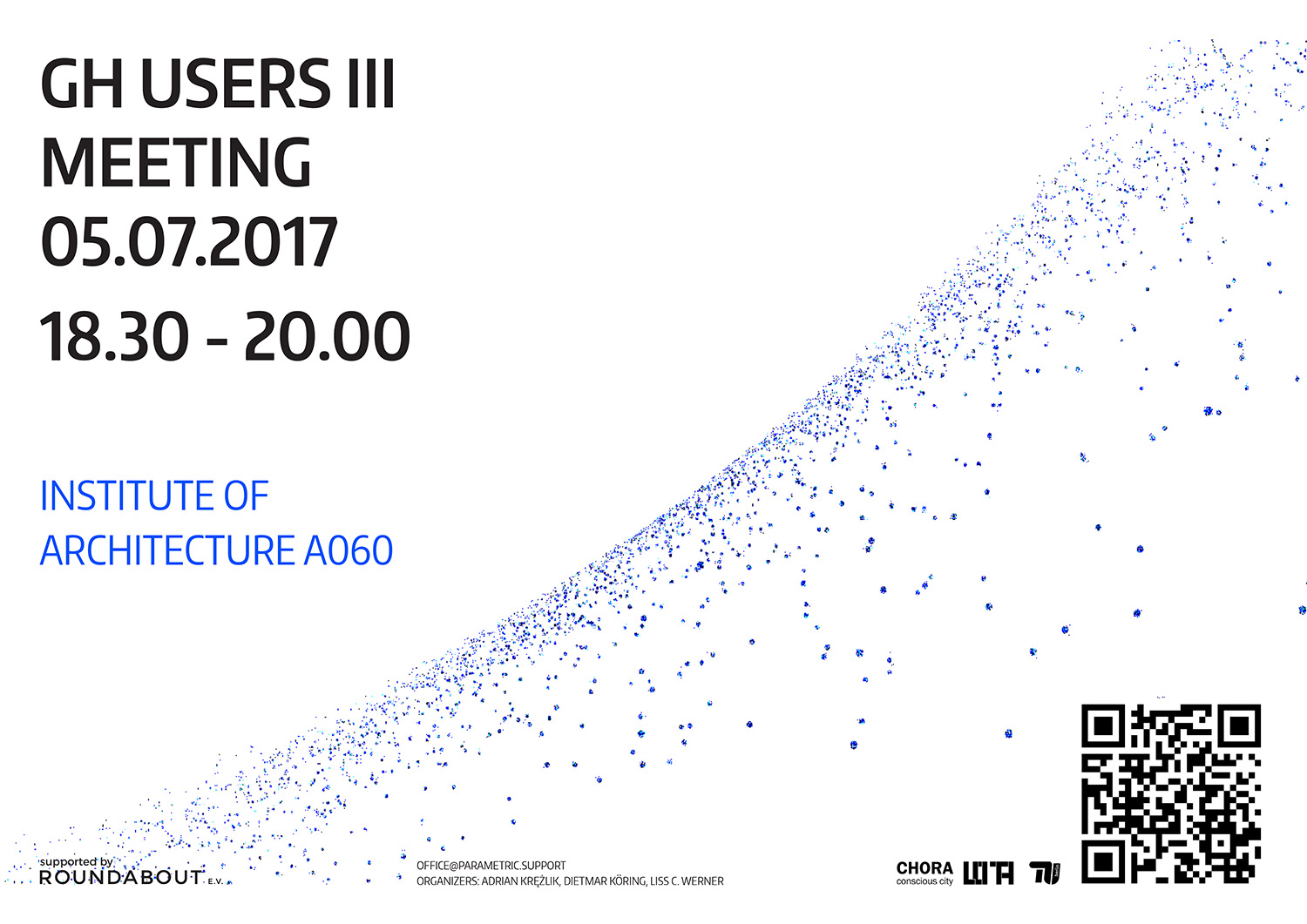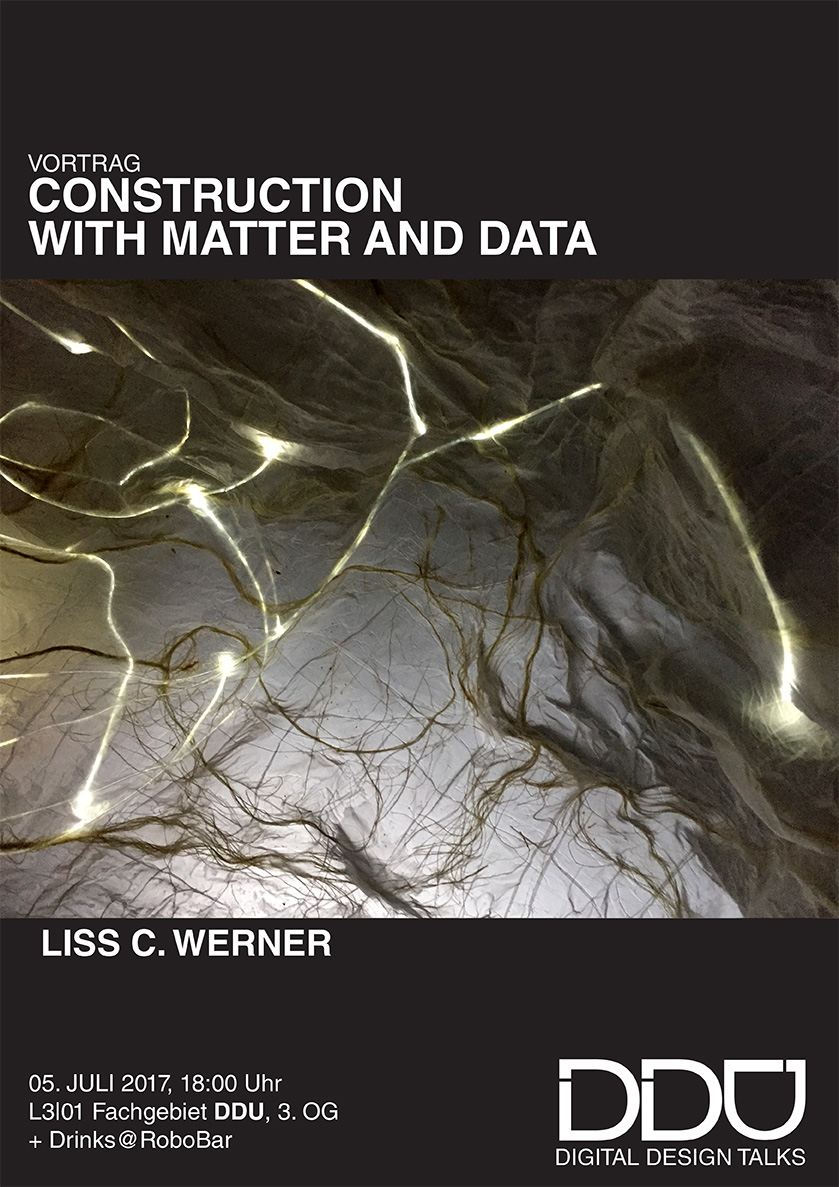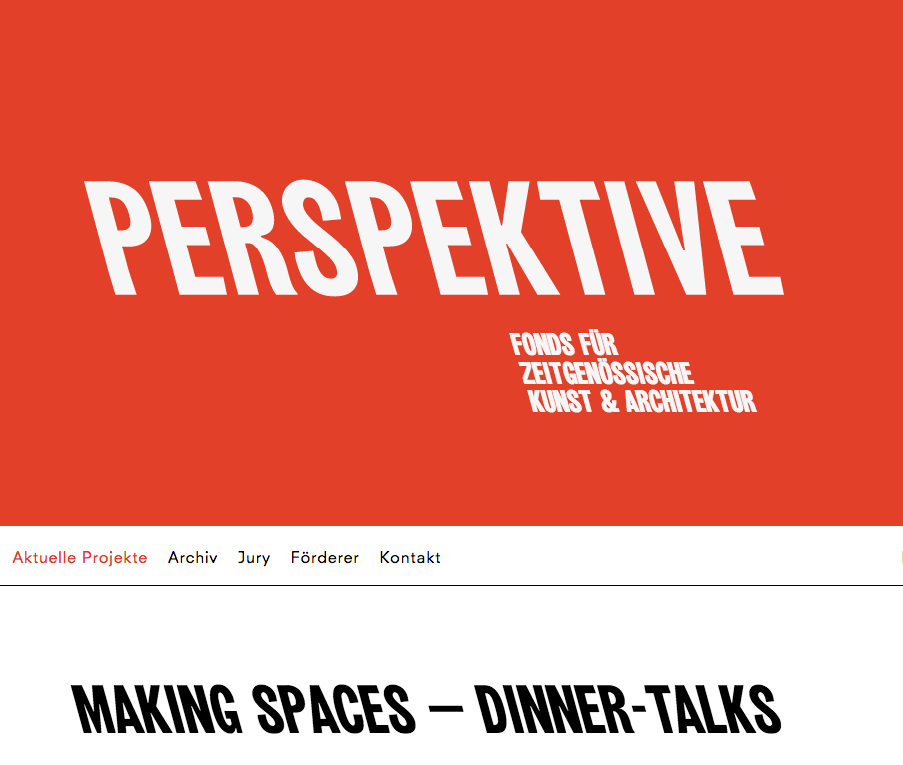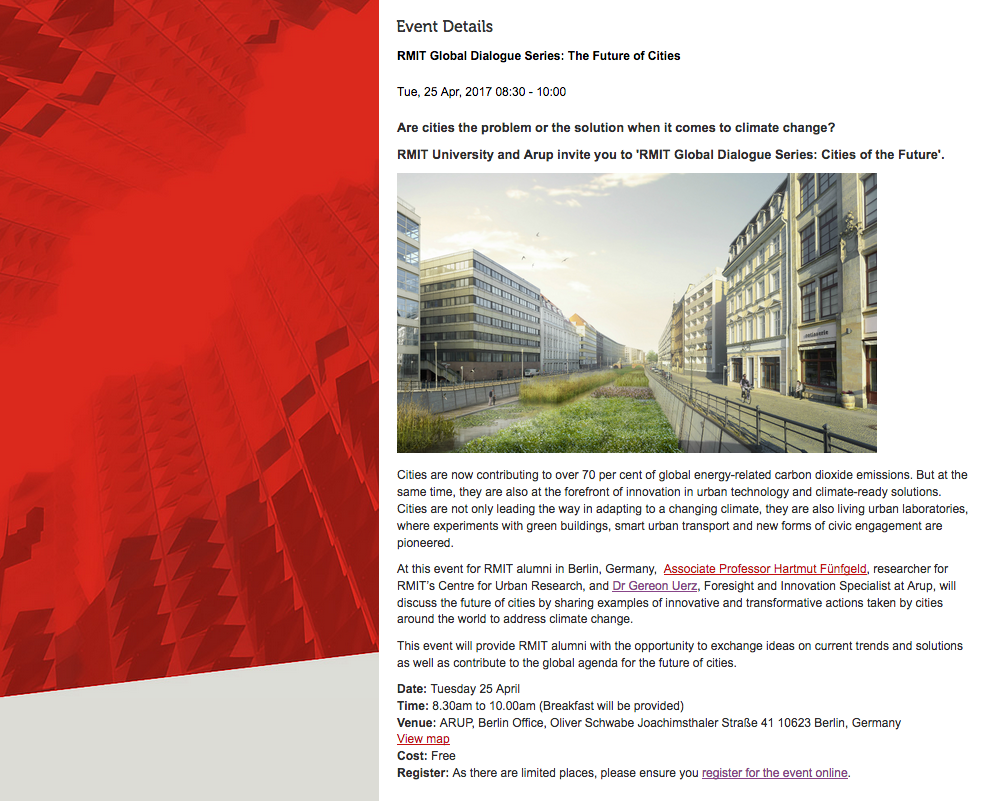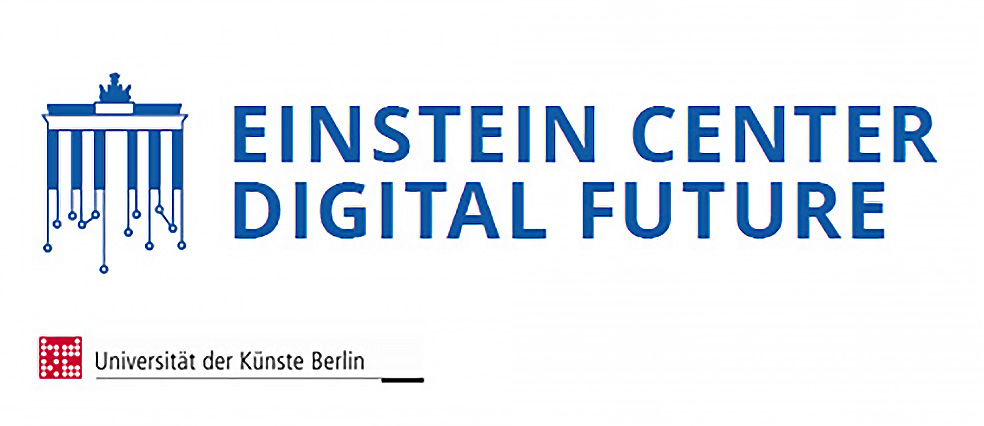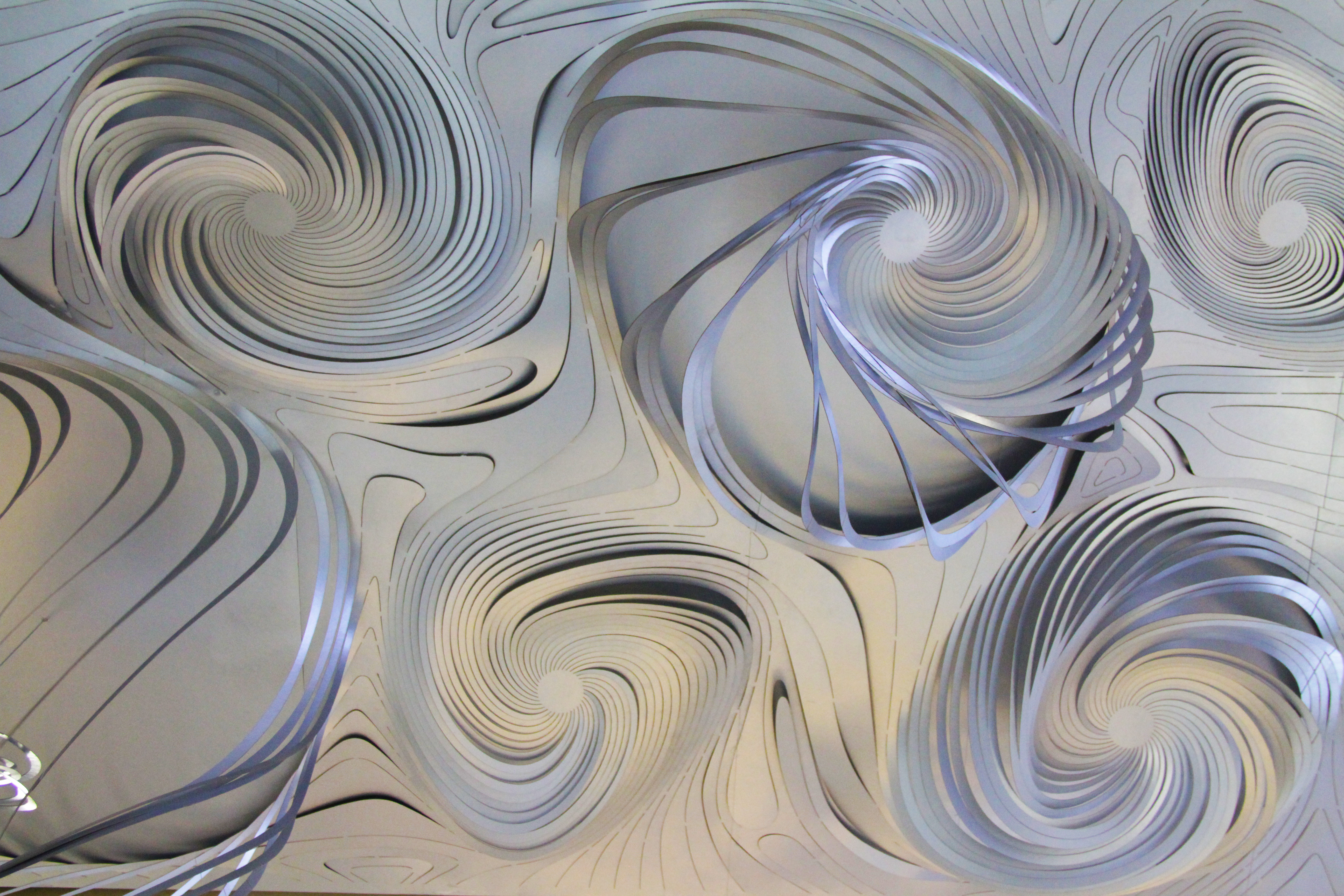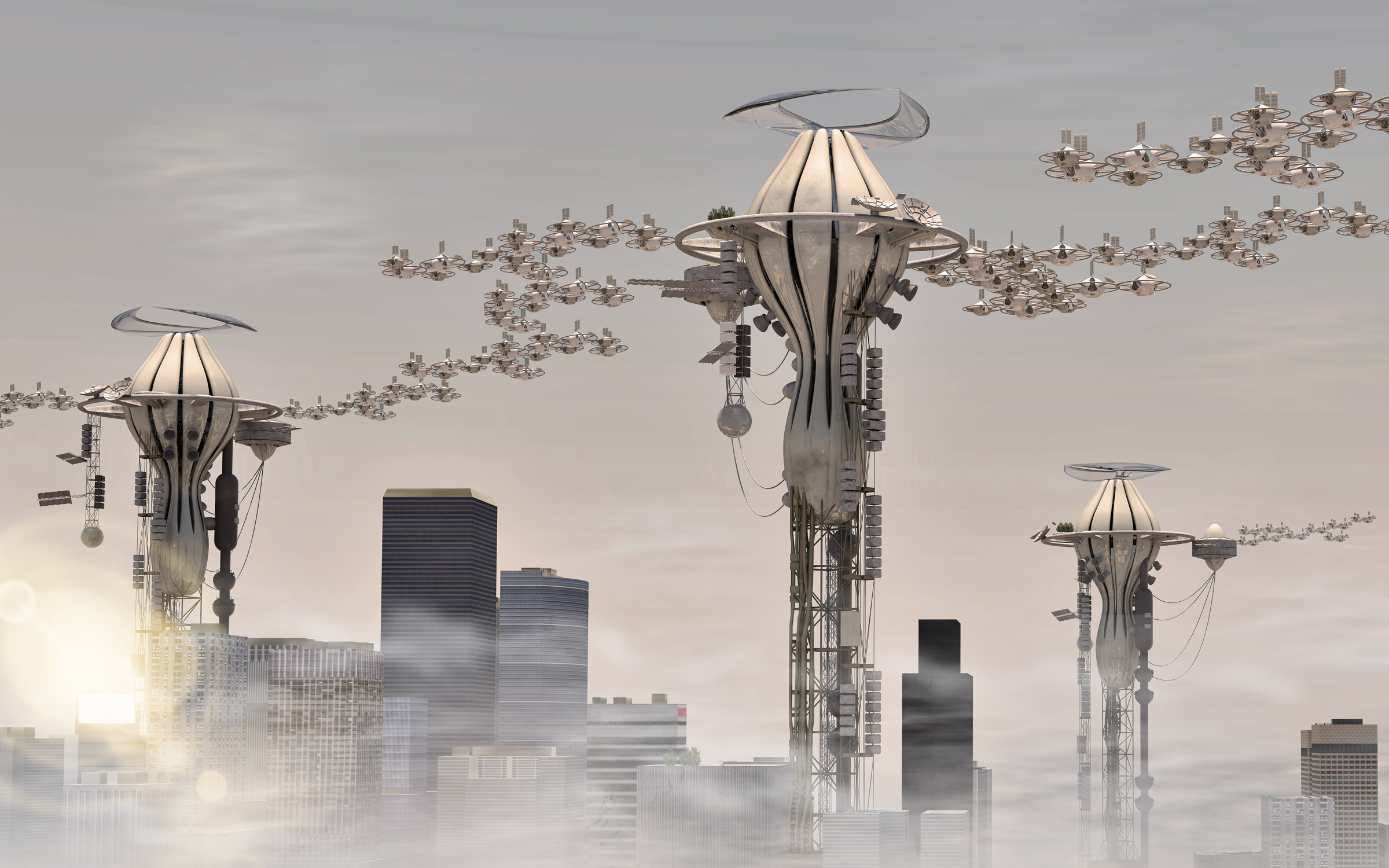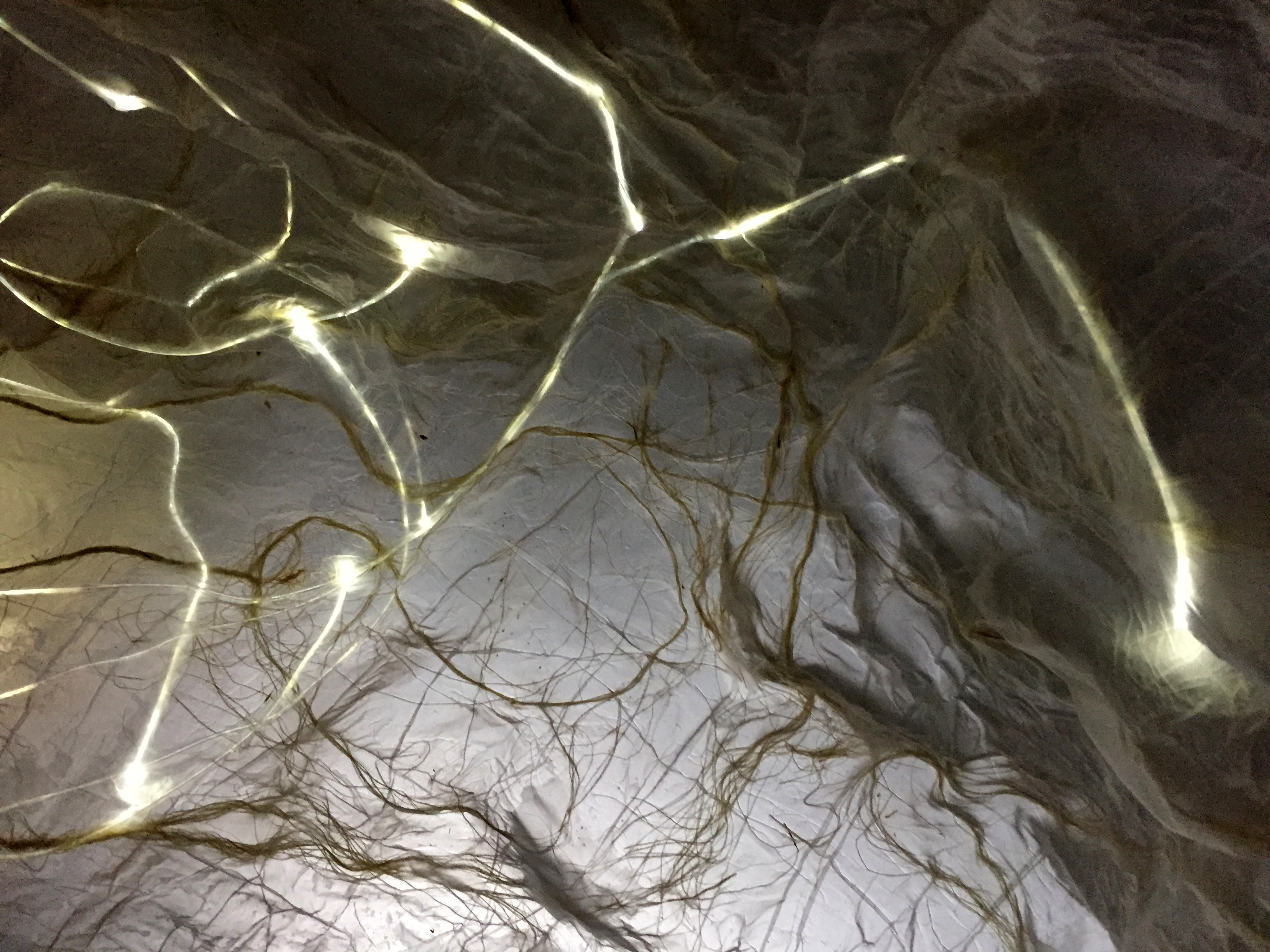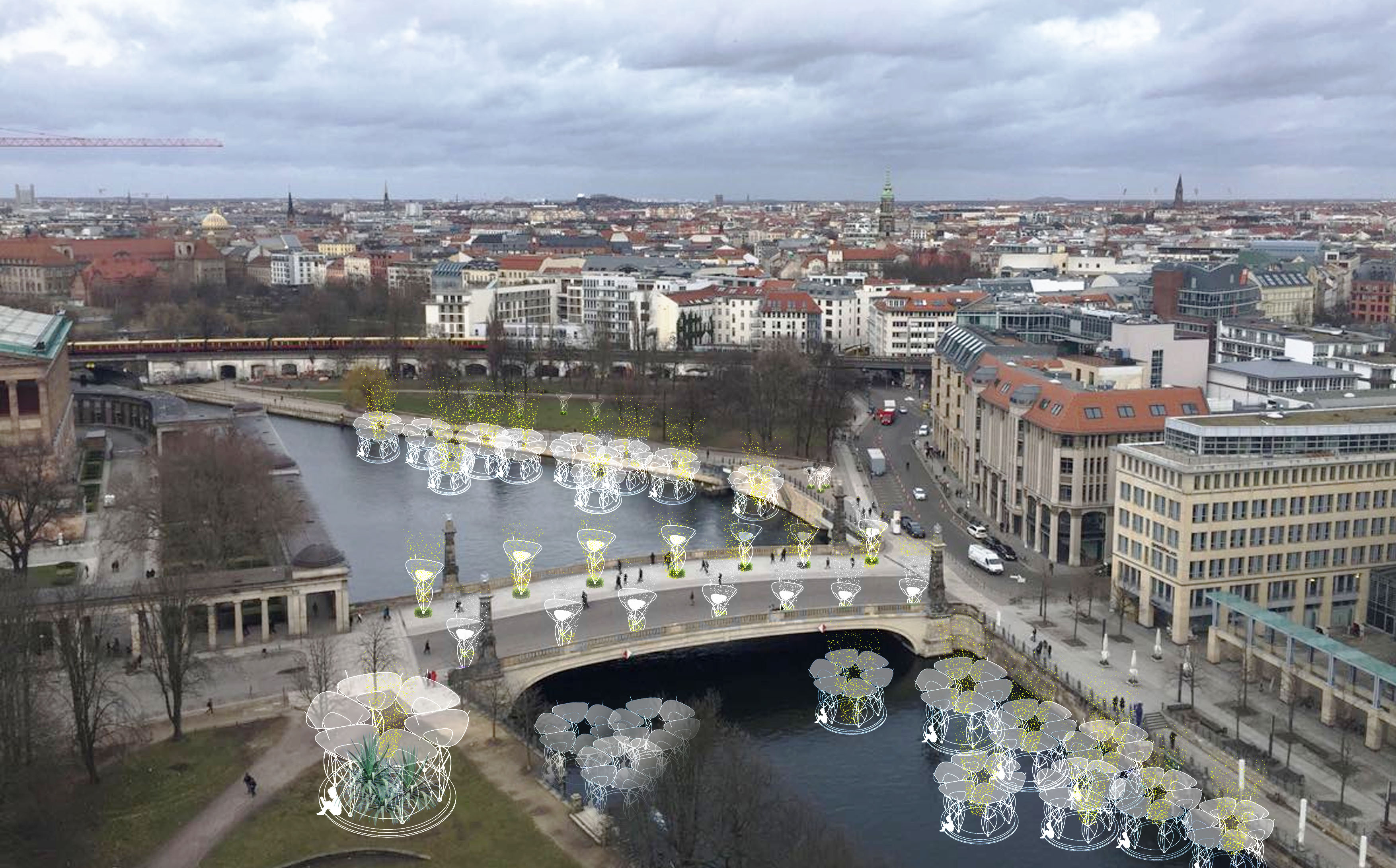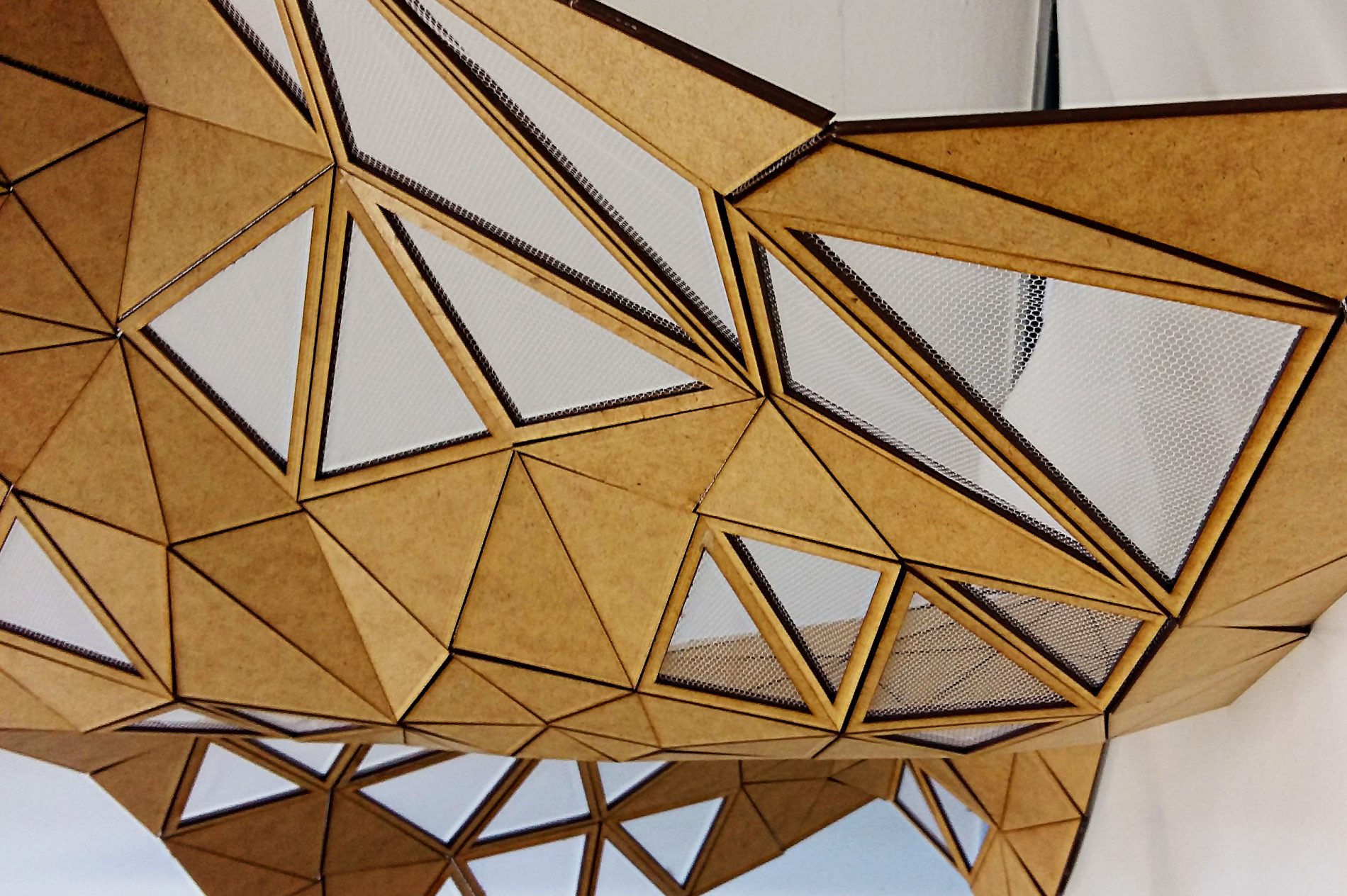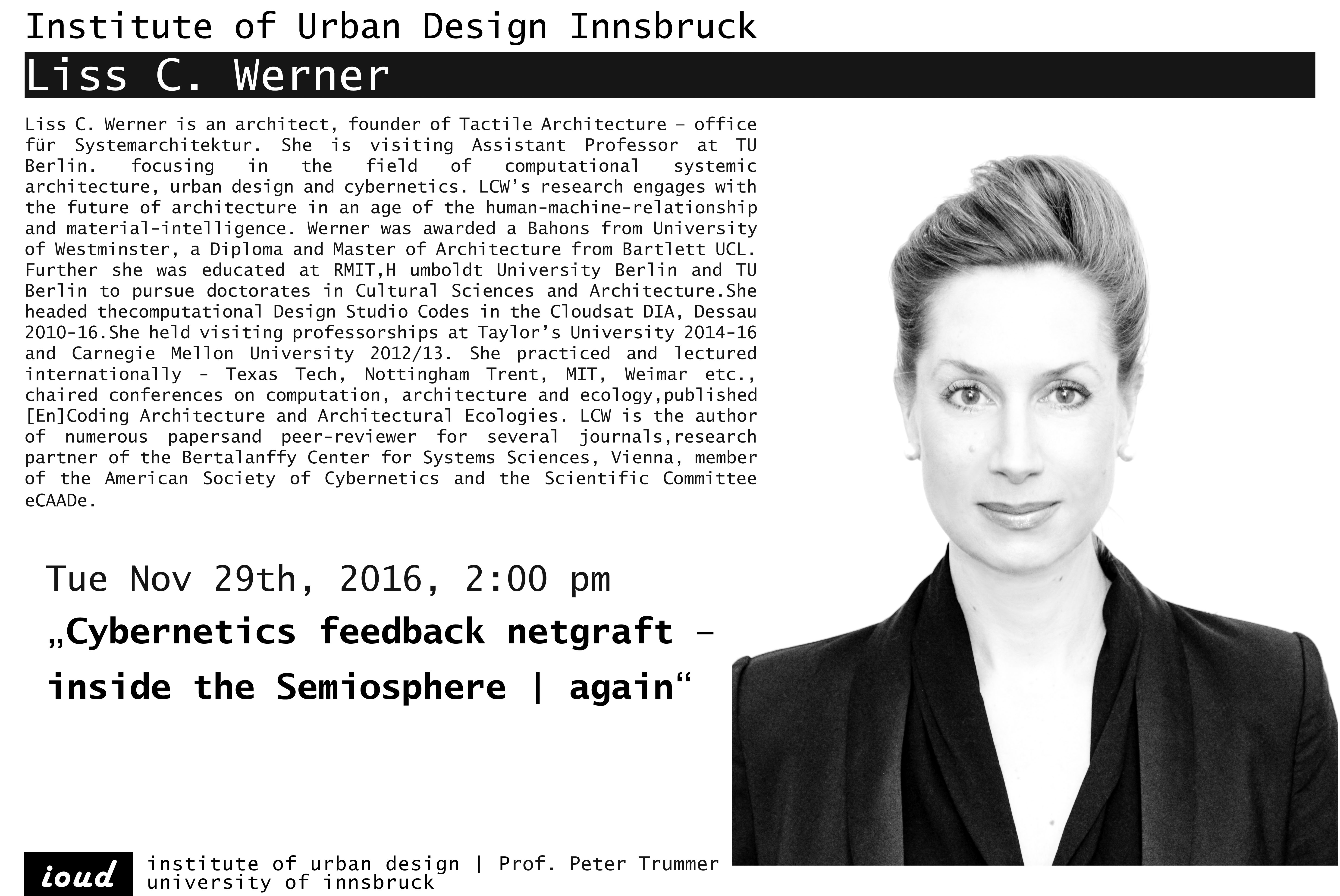This course focuses on the interface between inside and outside. The class explores surface and the space of surface in architectural terms and is looking for solutions of high performance in an age beyond simple building automation. We are investigating into the subject of the body and its environment and research parallels between nature and buildings, between human/animal/plant and building skin.
Interactive prototypes, renderings, animations as well as historical and current biological findings in the field of sensation will furnish the subject. The skin or the envelope is undergoing an advent of almost organismic behaviour in order to understand environment inside and outside including its users alike. In the widest sense we are looking at reflexive, adaptable and learning systems of envelopes. We will learn from how animals and plants use their skins and envelopes to adjust and survive and at the same time take sustainable issues (technical, energy-wise and cultural) into consideration. Starting point for the course are Jacob von Uexküll and Ludwig von Bertalanffy, both biologists working on the subject of senses and the environment. We will draw relationships to the work of Philip Beesley (Hylozoic Ground) and general tasks or building envelopes today and in future. The class is looking forward not resting on current technologies, but envisaging the future. The advent of biological strategies for architecture will be emphasized upon.
Camouflaging skin, inflatable skin, woven skin, water-proof skin, structural skin….
Strategy:
– Learning from nature
– Development of prototypes for skins of all sorts are welcome using Arduino and Microprocessors
– Establishing knowledge
– Drawing relationships from cybernetics/system behaviour to architectural envelopes
Reading and inspirations:
AD – “Intelligence in Design”, Hight, Academy Press, 2006
„Architectural Principles in the Age of Cybernetics“, Hight, Routledge, 2008
„Imagine 01 – Facades“, Ulrich Knaack, 2008
